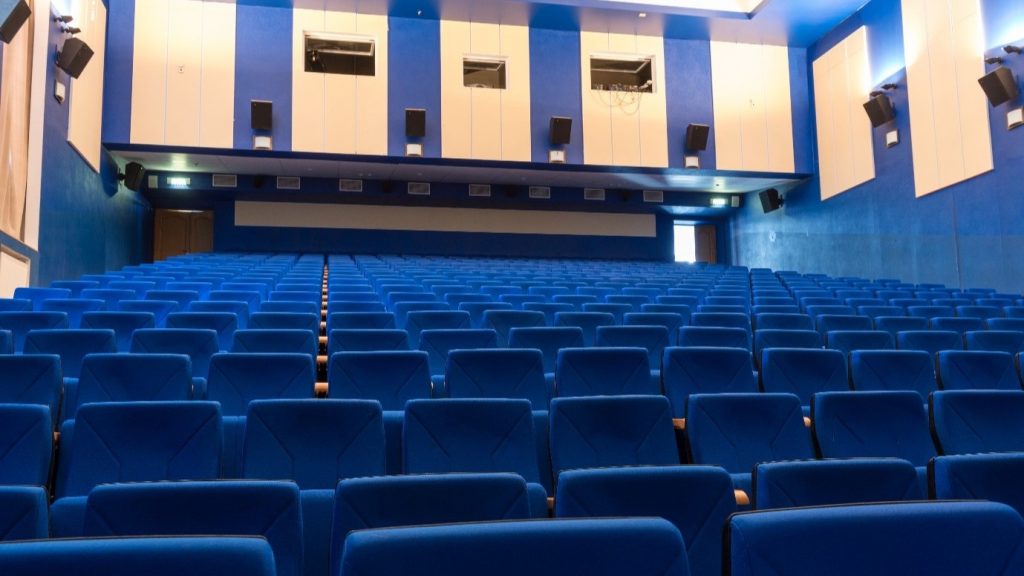Today, an STC rating is one of the important standards of design for buildings, especially where the acoustics are a concern.
When designing a building, it is crucial to understand sound transmission class (STC) ratings and how they relate to real-world noise control options.
What is STC?
STC ratings measure sound level on one side of a building’s surface (wall, ceiling, window, etc.) versus the other side of a building’s surface.
STC Rating Chart
The higher the STC rating, the better the building reduces sound transmission. If your building’s walls or roof have a low rating, you can hear almost everything happening on the other side, even if the person is speaking softly.
However, if your walls have a high rating, you can play music fairly loudly without disturbing your neighbours.
You can use the following STC rating chart to help you identify the level that works best for your building.
| STC | What Can Be Heard At This Level |
|---|---|
| 25 | Soft speech can be heard and understood |
| 30 | Normal speech can be heard and understood |
| 35 | Loud speech can be heard and understood |
| 40 | Loud speech can be heard but not understood |
| 45 | The level at which privacy begins |
| 50 | Loud sounds can be heard but are very faint |
| 60+ | At this level, good soundproofing begins. |
Read More: 3 Sustainable Roofing Materials When Constructing Your Roof

The Importance of Building Acoustics
Building acoustics refers to the science of reducing and controlling noise in buildings. This includes managing the properties of sound within the spaces themselves and minimising noise transmission from one space to another.
Building acoustics is a crucial factor in the design, use, and construction of the majority of buildings. Also, it can have a big impact on people’s health, happiness, concentration, and productivity.
The consideration of building acoustics is especially vital in settings like auditoriums, theatres, music halls, recording studios, lecture halls, and others where the clarity and quality of the sound are paramount.
Metal Building Insulation — What Is It?
Metal building insulation is used to insulate the walls and roofs of metal buildings thermally and acoustically to deliver both thermal and acoustic comfort. It provides a better acoustic environment for the interior and exterior of the building compared to metal buildings without insulation.
Moreover, metal building insulation can absorb exterior noises to provide a quieter work environment and a more comfortable living experience. This is because of the porous nature of metal building insulation, which makes it an excellent sound absorber.
Metal building insulation can also reduce exterior noise so that building occupants are not disturbed by outside noise sources such as traffic. Some examples of insulation materials include Swissma SM-NDI noise-dampening foam, ROCKWOOL or Ecowool wool insulation, and PRIMAflex fibre cement board.
Read More: Insulated Metal Roofs in Malaysia: 5 Benefits of Roof Insulation
Swissma Acoustic Solutions
Loud noise is harmful to everyone, and it’s especially bad for businesses. Moreover, continued exposure to loud noise impairs hearing and damages emotional well-being, thus exposing employers to potential liabilities.
However, even at relatively low levels, unwanted noise can negatively impact employee morale and productivity.
If you are unsure what STC rating would work for your project or building, Swissma can help. We transfigure each roof system to suit the building’s usage and achieve your desired sound performance. Feel free to visit our website to learn more about our solutions.










